Colombian Tamales Arrieros or Paisas
It is no surprise that the number one recipe I am asked about from my readers and YouTube subscribers is Colombian tamales. Why? Because they’re simply out of this world delicious! And just like empanadas, buñuelos and natilla, they are very popular during the Christmas season. Colombian tamales are so popular that you will find different types of tamales all over the country such as Tolimenses (from the department of Tolima), Santafereños (from the departments of Cundinamarca and Boyacá), hallacas (from the Llanos Orientales or Eastern Plains), Arrieros (from Colombia’s coffee region and Antioquia), among others. Each version has different ingredients and different ways of making them but the two things they have in common are the use of corn meal and banana leaves to wrap them.
Because recipes also very from family to family or one person to another, I was not able to learn how to really make them until I made them with my husband’s family some years ago in Colombia. Whenever I asked people for their recipe or technique, they would give me this long list of ingredients and instructions which were very hard to understand for some reason. Another thing they were not specific about was whether they were boiled or steamed and how long I needed to cook them for. So, of course, every time I tried to make them myself I would fail miserably. The one thing I did while I made them with my husband’s family was pay attention to everything my mother-in-law was telling my sisters-in-law and my husband, “clean the leaves really well so they’re not dirty”, “make sure the guiso doesn’t stick to the pan”, “don’t let the dough dry out too much” and “make sure each one has a sprig of parsley”, which is her own personal touch. I kept mental notes of everything we did that day and my sister-in-law, Doris, also gave me a typed recipe of the tamales we had made, which were AMAZING! Time consuming of course, but so worth it!
The recipe I’m sharing with you today is based on the recipe of the tamales my husband grew up eating with a few minor changes of my own. And in case you were wondering, they are steamed so that water doesn’t get into the tamales during the cooking process making them bland and watery. Mystery solved!
¡Buen Provecho!
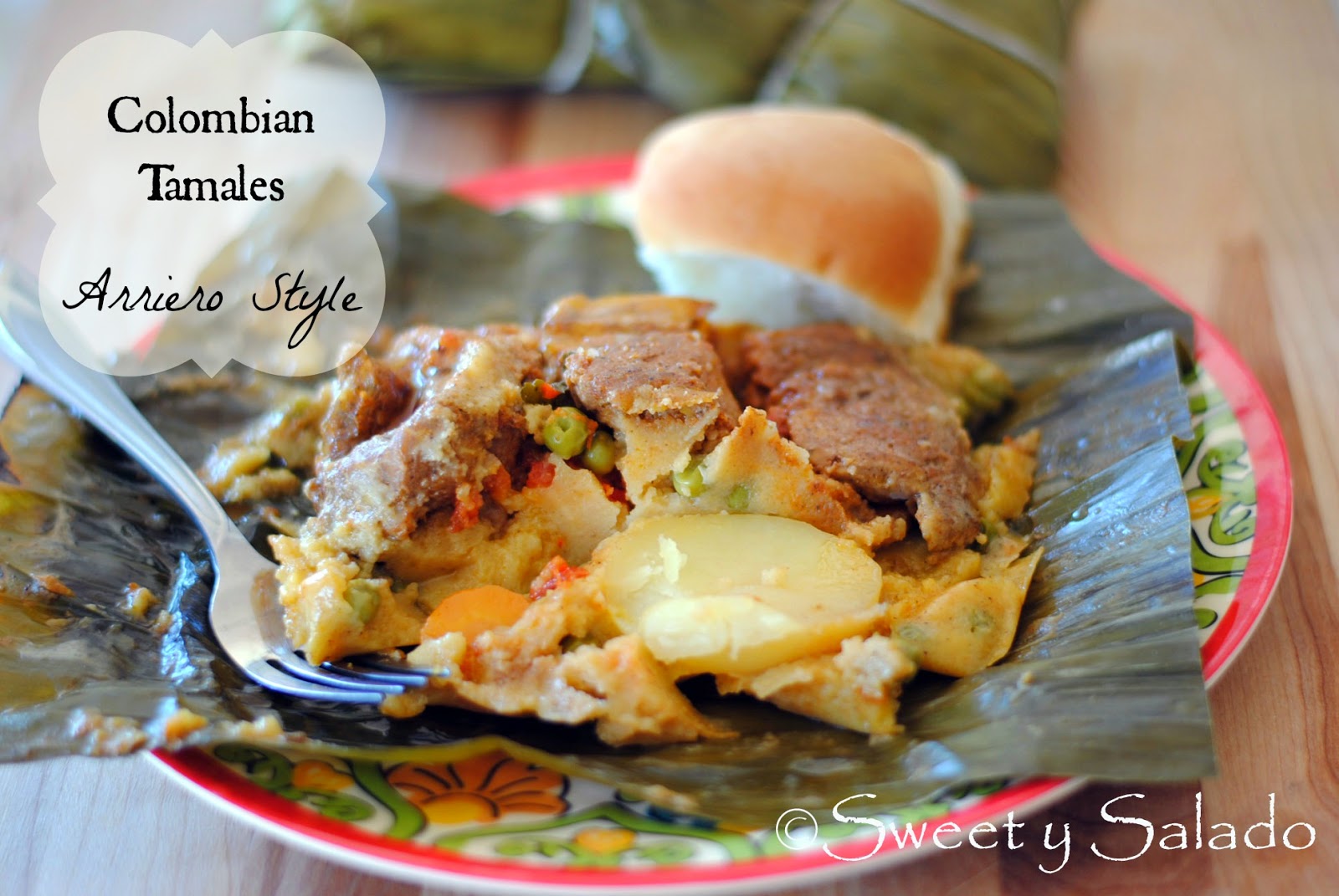
Colombian Tamales (Arriero Style)
Ingredients
Marinade
- ½ white onion
- 4 green onions (stalks only)
- 5 garlic cloves
- 4 tbsp food coloring/all-purpose seasoning (Triguisar, Sazón Goya or homemade)
- Salt and pepper to taste
- 2 cups water
Guiso (Seasoned Sauce)
- 2 tbsp olive oil
- ½ white onion or 3 shallots (finely chopped)
- 2 garlic cloves (finely chopped)
- ½ red bell pepper (finely chopped)
- 1 chicken bouillon
- 1 tsp food coloring/all-purpose seasoning (Triguisar, Sazón Goya or homemade)
- Salt and pepper to taste
- 4 tomatoes without seeds (finely chopped)
Filling
- 1 lb county style pork ribs (cut into 15 pieces)
- 1 lb pork meat to your liking (ex. pork steaks or pork loin, cut into 15 pieces)
- 1 lb pork belly (cut into 15 pieces)
- 4 medium red potatoes
- 3 medium carrots
- 15 sprigs Italian parsley
- Water (salt and food coloring/all-purpose seasoning (Triguisar, Sazón Goya or homemade) to taste)
Masa (Dough)
- 8 cups water
- 1 chicken bouillon
- 1 tbsp food coloring/all-purpose seasoning (Triguisar, Sazón Goya or homemade)
- 1 tsp onion powder
- 1 tsp garlic powder
- Salt to taste
- 1 lb pre-cooked white corn meal
- 1 cup frozen or raw sweet peas
Wrapping
- 3 16 oz bags frozen banana leaves
- Butcher string
Instructions
- Day 1. The night before, blend all the marinade ingredients in a blender or food processor.
- Put the pork meat in one or two large bowls and add the marinade. Cover and refrigerate overnight.
- If you're using frozen banana leaves, you can thaw them out by leaving them in the fridge overnight.
- Day 2. Carefully take the leaves out of the bag and cut them into rectangles, approx. 20 inches long (50 cm).
- Clean both sides of each leaf with a damp cloth or paper towel. If the leaves are stiff, you can pass them through a stove burner set to medium low for a few seconds to soften them. This also helps to avoid cracks.
- Peel and cut the potatoes into thick slices and place them in water in a medium bowl. Season the water with salt and the all-purpose seasoning to taste if you want.
- Peel and cut the carrots into slices and place them in water in a small container. Season the water with salt to taste if you want.
- To make the guiso (seasoned sauce): In a large pan, heat the olive oil at medium low heat and add the onion, garlic, red bell pepper, chicken bouillon, all-purpose seasoning, and salt and pepper. Stir well and cook for about 5 minutes or until the vegetables soften.
- Add the tomatoes, reduce the heat to low and cook for about 10 minutes or until the sauce thickens. Add a bit of water if the sauce dries up.
- To make the masa (dough): Place the water for the masa in a large pot, add the chicken bouillon, all-purpose seasoning, onion powder, garlic powder and salt. Heat the water on the stove without bringing it to a boil. Then, slowly add the pre-cooked corn meal and stir with a spatula or wooden spoon until it looks like thick oatmeal. If the masa dries up, you can add more water. Add the peas to the masa, stir well and remove from the stove.
- Assembling the Tamales: Place one or two banana leaves on a flat surface with the lines or veins facing up. If you're using two leaves, make sure only the borders overlap.
- Spread about about ¼ cup of masa over the leaf with a spoon.
- Add one tbsp of guiso over the masa.
- Place on sprig of parsley over the guiso.
- Place 2 potato slices and 2 carrot slices in the masa.
- Place 1 piece of pork rib, 1 piece of pork meat and 1 piece of pork belly over the masa.
- Close the tamal by putting the sides of the leaf together in the center and tucking them in, fold in the top and bottom sides as well. Tie them up with butcher string. Repeat this process with every single tamal.
- Steaming the Tamales: Fill ¼ of a large pot (tamalera) with water and season with salt. Bring water to a boil and then place a steam rack inside the pot to avoid letting the tamales touch the bottom or the water. **Note: If you don't have a steam rack you can place sticks or left over banana leaves in the bottom of the pot instead.
- Place the tamales on the steam rack one on top of the other and steam them on low heat for about 1 hour and 45 minutes to 2 hours. Check the water level every 30 minutes to prevent it from evaporating completely.
- Once the tamales are ready, take them out of the pot and let them rest for a few minutes before serving.


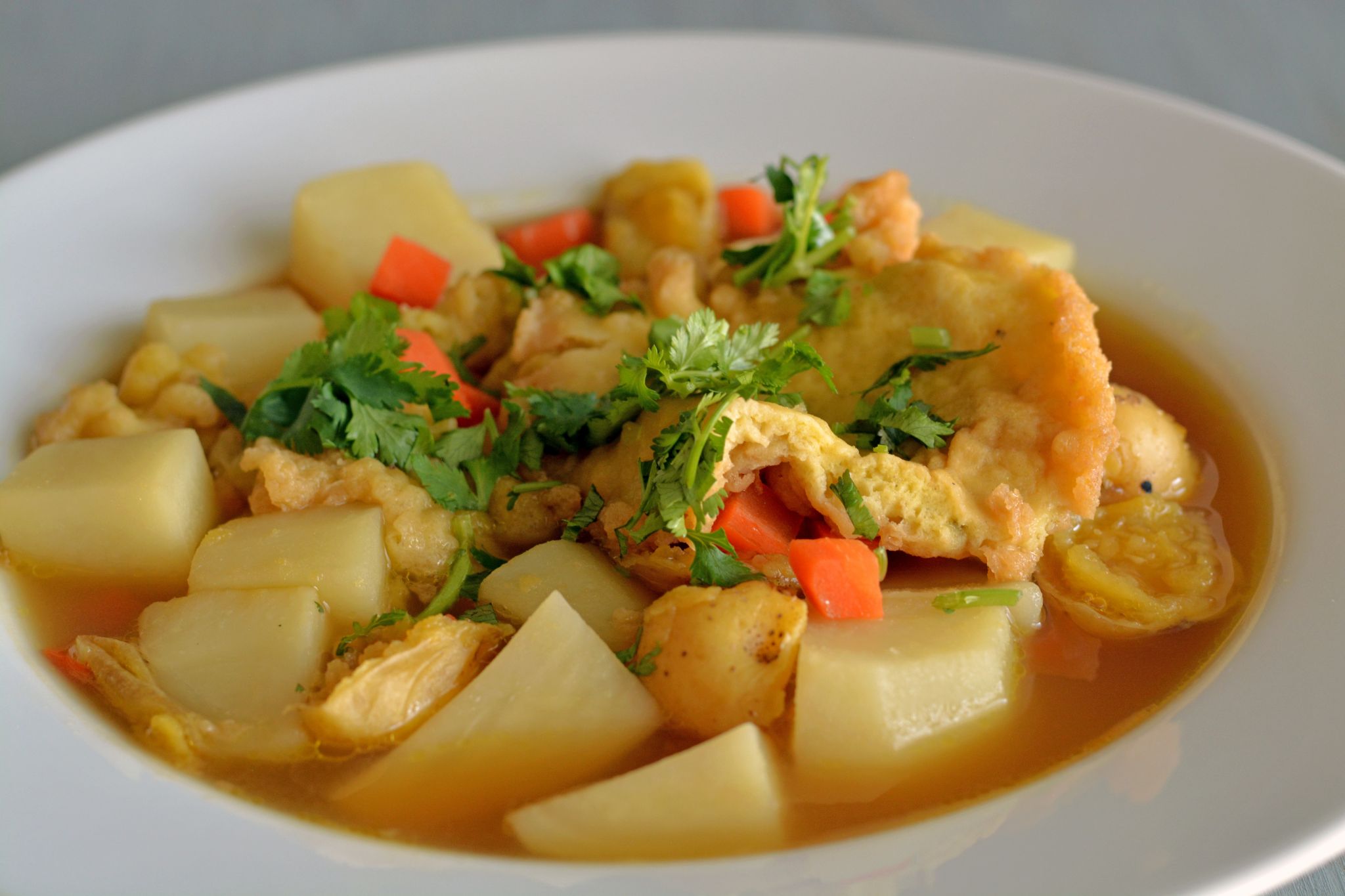
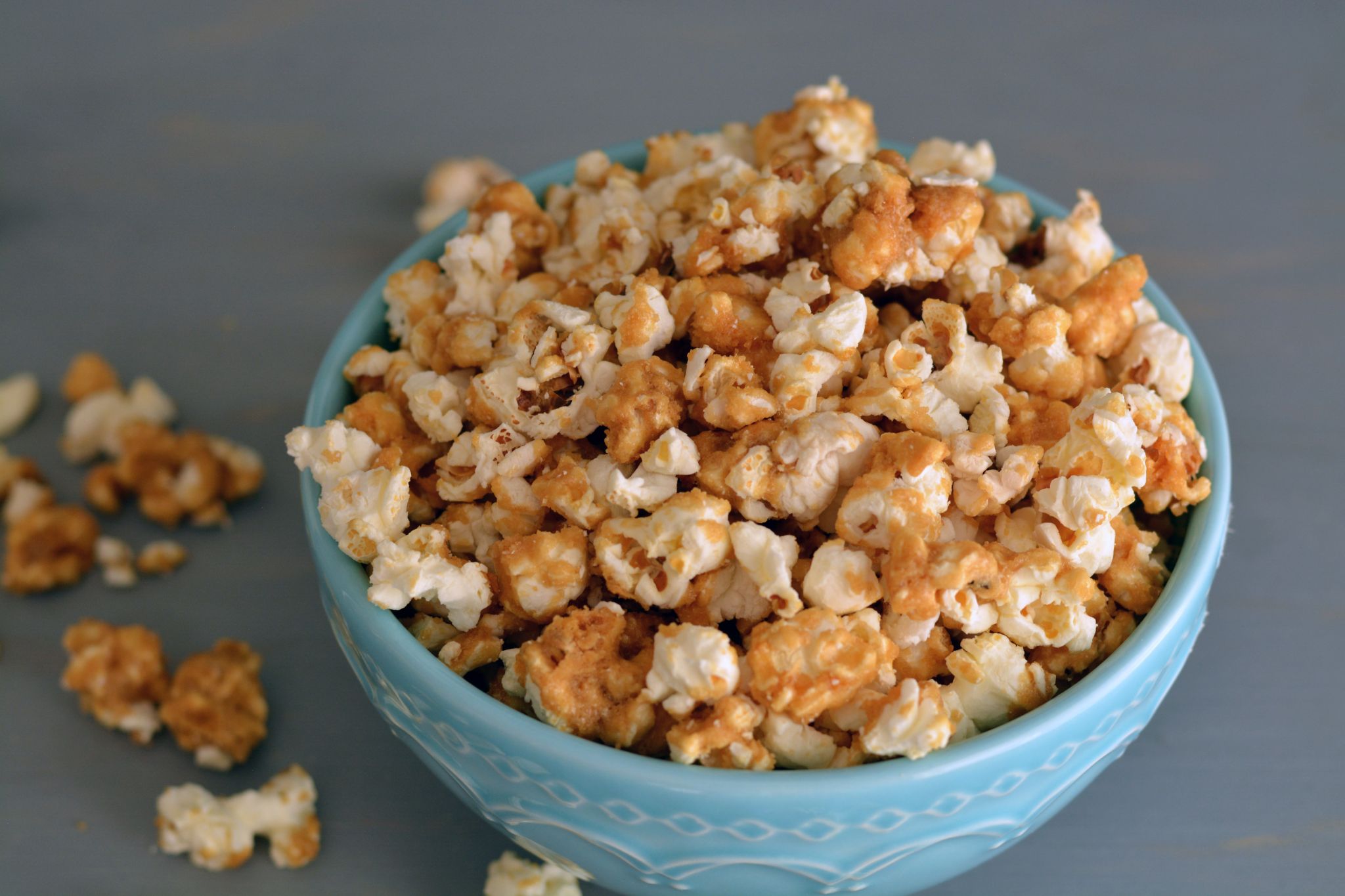
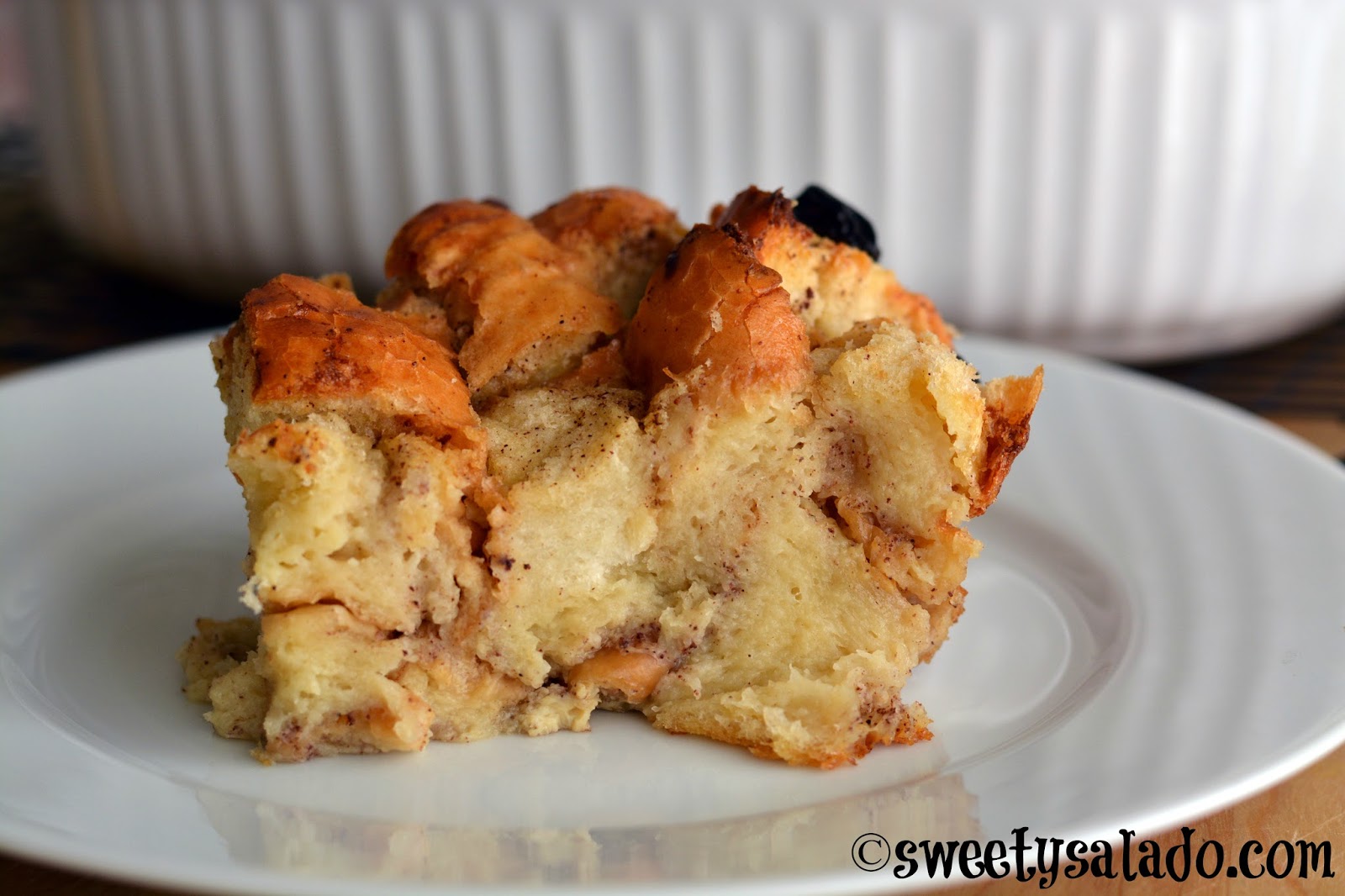
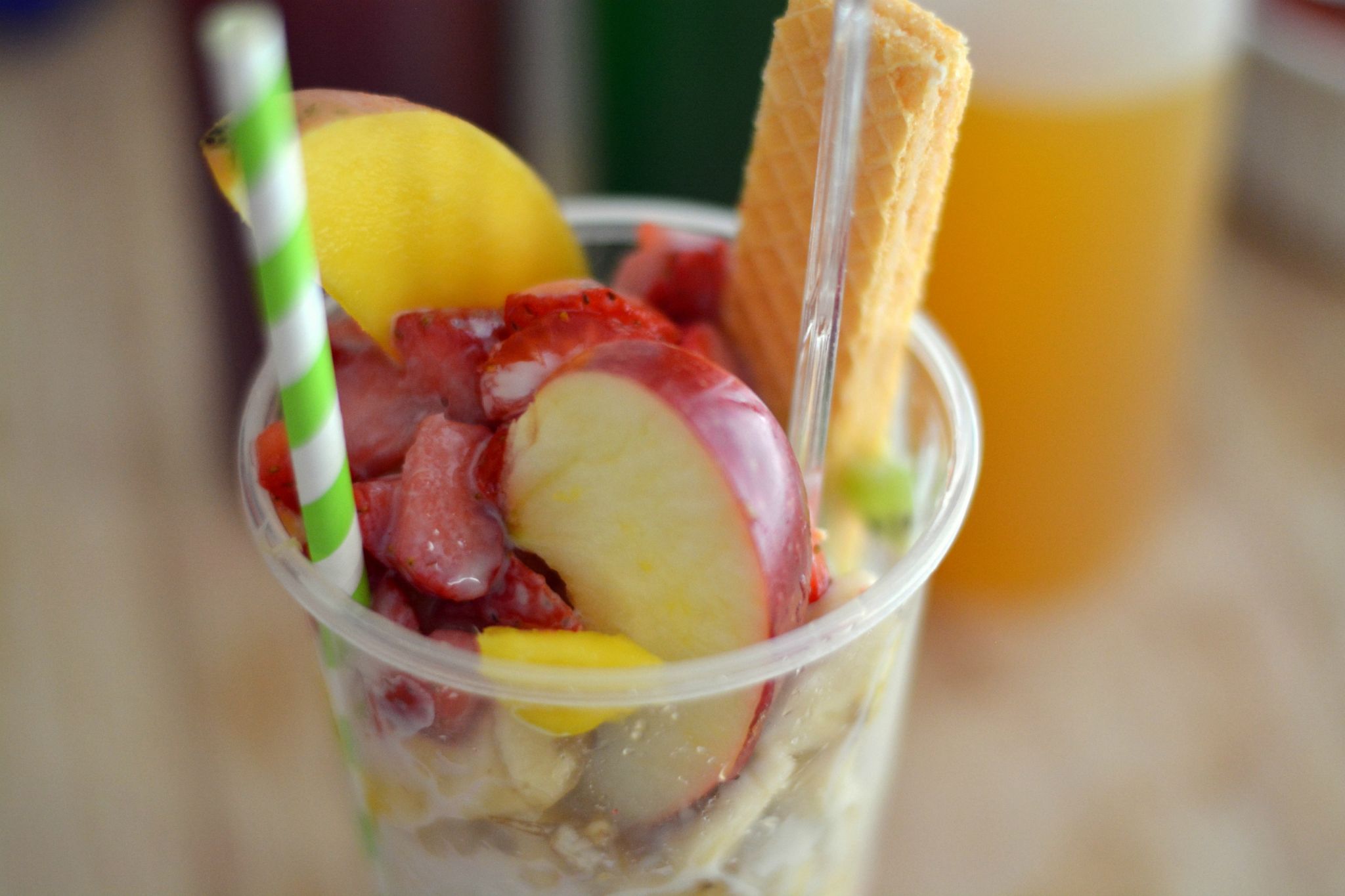
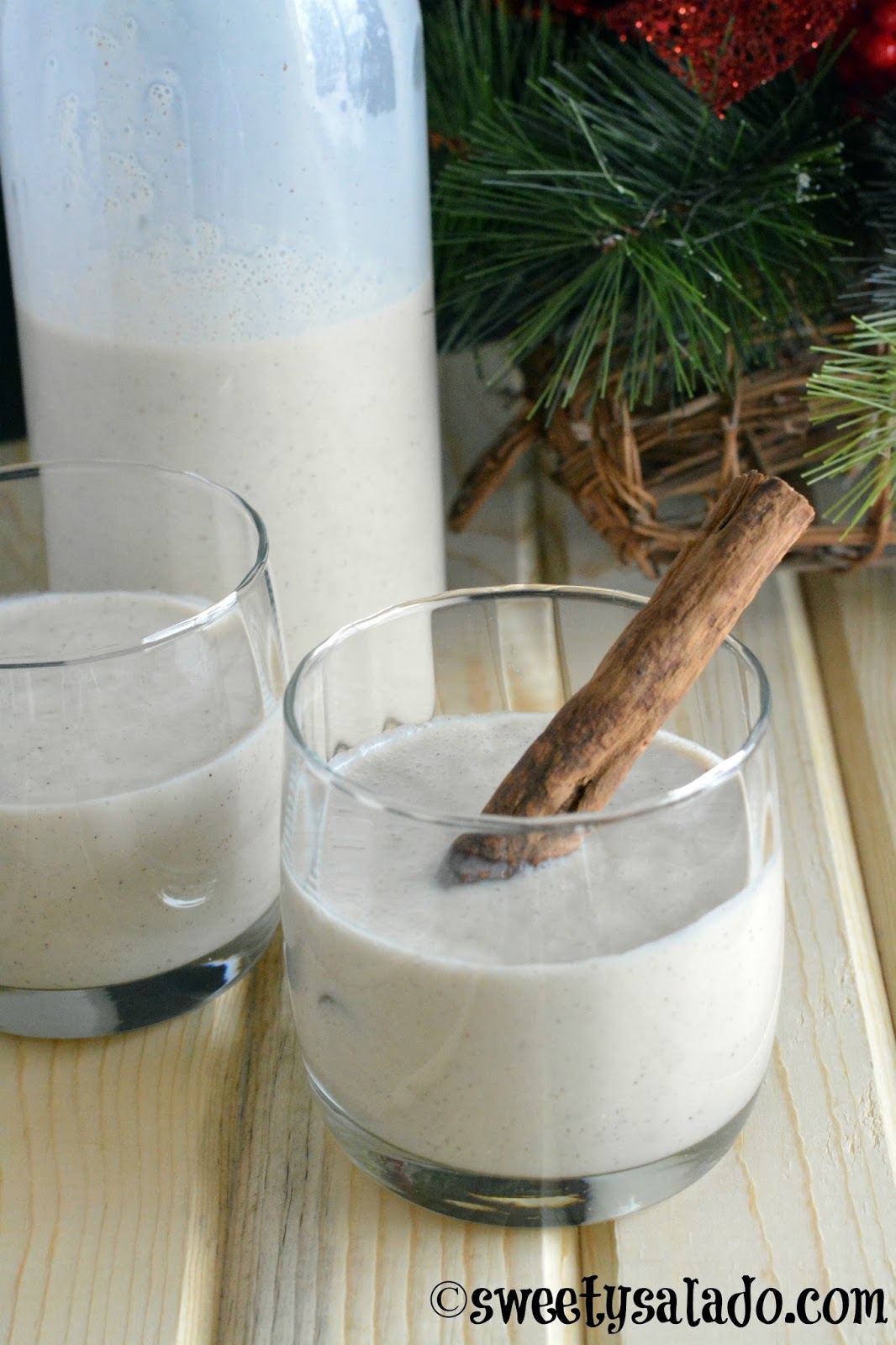
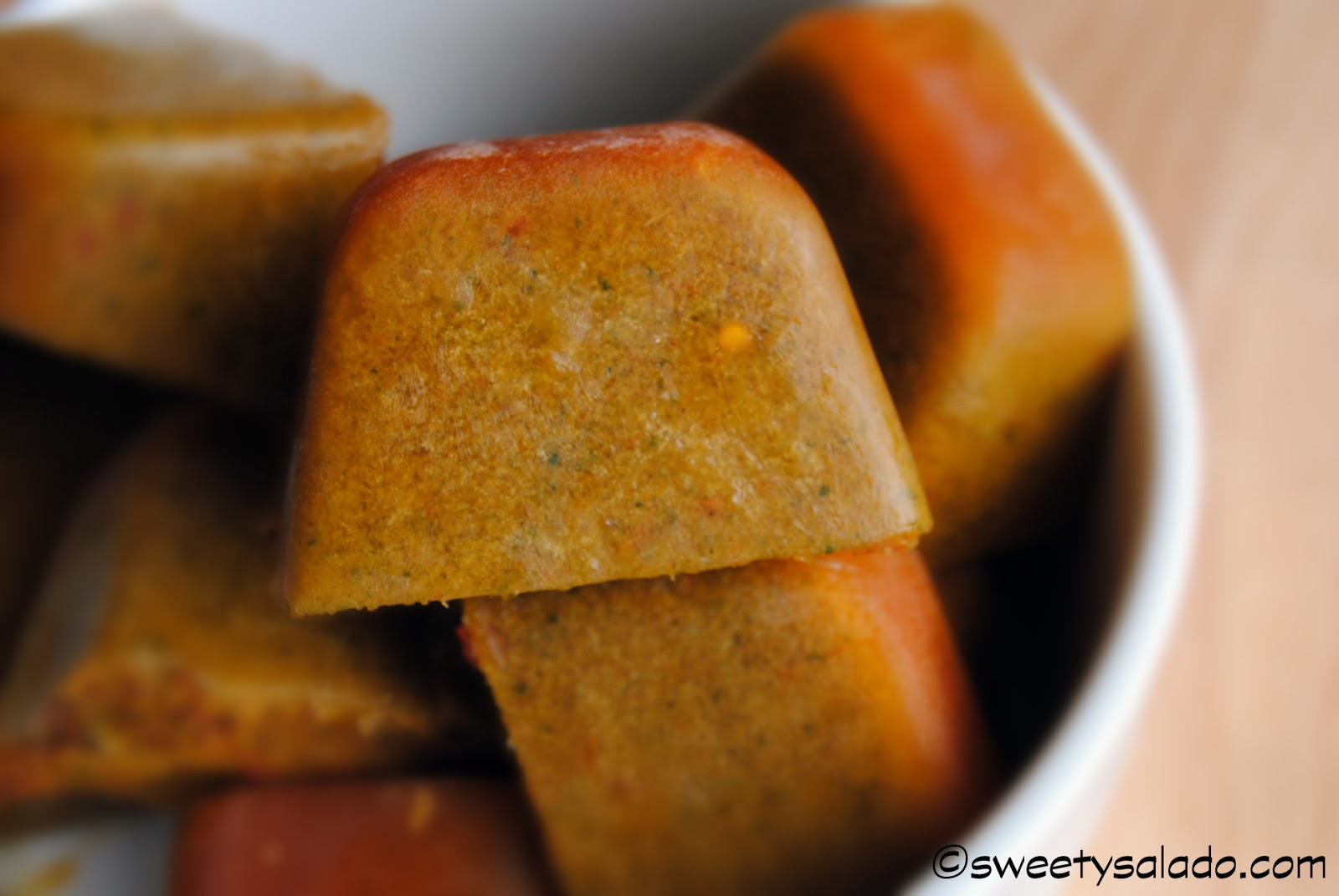
Hay querida.. x fvor…pongase la receta en nuestro idioma..gracias
¡Por supuesto! Al principio de cada entrada coloco el enlace de la versión en español o inglés para que las personas la puedan leer en los dos idiomas. =)
Si la receta de los tamales..es espanol …q alli si entiendo…gracias
En la parte de arriba puedes ver el enlace de la receta en español. Todas las recetas del blog están en ambos idiomas. =)
Muchas gracias por esta receta! voy a prepararlos para mi familia,
Gracias a tí Sandra por tu comentario. ¡Espero que los disfruten! =)
Hi! Great recipe and video! I made them once and came out great! Now I have a couple questions, first can they be boiled in water instead of being steamed? Second once they are cooked, how are they reheated the next day, and third if I wanted to freeze some I freeze them once assembled before cooking or them after they have cooled off after being cooked. Thanks again $
Thank you for making it! I'm so glad you liked the recipe. =)You can boil the tamales in water, and in fact, many people do, the reason I don't is because I find that no matter how tight you wrap them, you still get some amount of water inside the tamales, this not only makes them watery, but bland as well. But like I said, if you want, you can boil them instead of steaming them.I usually reheat my tamales in the microwave for a few minutes, that saves me a lot of time. Other people steam them again in a smaller pot for about 15-20 minutes. If you want to freeze them, the best way is to do it before cooking. This masa (dough) tends to get dry and lose its texture quickly, so if you freeze them after they're cooked, you are going to end up with a dry, crumbly dough. What I do is wrap each tamal individually with plastic wrap and them store them in a resealable bag, that way air doesn't get it. Then I just steam them as usual and they taste just as good. No need to thaw them out, by the way.
Hola! I have a friend that doesn't eat meat but loves seafood. What would you recommend as a seafood filling and how long the cooking time would be since seafood cooks quicker then meat.
¡Hola! You know, I have never made tamales with seafood but I have seen several recipes where they use shrimp, crab meat and even oysters or clams. A few years ago I found a recipe for different styles of Colombian tamales, including one from the Pacific region which is made with "piangua", which is a type of clam. The ingredients are a bit different but the cooking time is the same. Here it is: http://labuenanueva.ca/lasbuenanuevas/como-preparar-siete-clases-de-tamales-colombianos/
Hola! I have a friend that doesn't eat meat but eats seafood. What would you recommend as a filling for the tamales and also a cooking time since seafood cooks quicker. Thanks so much!
Columbian tamales maybe not as popular as Mexican one, but i trust you can make them become more famous. You said they are out of the world, didn't you :))
Hi Diana have you ever tried using a pressure cooker / instant pot to cook the tamales? Any reason why not to? Love your site! Thanks, Noelle
Hi there! A pressure cooker wouldn't really work for me because I like to steam the tamales and not submerge them in water. I used to cook them in water and it all seep in and wash away all the seasoning leaving them really bland.
Hola Diana! About six years ago, I started doing tamales with my mom for Christmas. It is a way to spend time with her. This year, however, she went to Colombia at the beginning of December and we could not do them before she left. I found your recipe and followed it closely. I have to tell you that they came up so good. Although they require a lot of work, the assembly was easy and they are worth it. I really enjoy you way of explaining and the fact that you are taking the time to compilar these recipes. YOU SHOULD WRITE A BOOK.
Feliz Navidad y Prospero New Year!!
Alba.
Yay!!! I’m so happy to hear that the recipe was so helpful to make your tamales this year. I have to admit they do take quite a bit of time to get things prepared but once you have everything ready, they’re a breeze to assemble. Thanks for making them!
hello! how many dozens does 1 recipe make?
This recipe makes 15 tamales.
Hola, soy de Bucaramanga y siempre hemos comido tamales santandereanos en mi familia pero los encargábamos o los comprábamos en la panadería. Ahora vivo en Texas y no tengo idea cómo hacerlos. Sabes la receta?
La he hecho, pero por ahora no la tengo en el blog.